Travel around Istanbul with Bobby
I chose to visit Istanbul because its rich history and cultural diversity have always fascinated me. Being a city that spans two continents, it offers the best of both Asia and Europe. Seeing world-renowned landmarks like Hagia Sophia and Topkapi Palace was an opportunity I couldn’t pass up. Additionally, I was drawn by the idea of enjoying a meal with a breathtaking view of the Bosphorus while tasting the incredible flavors of Turkish cuisine. Istanbul’s vibrant atmosphere, both day and night, makes it a perfect destination for any traveler.
Day 1A Journey Through Time

Stepping into Istanbul for the first time felt like walking into a city where history and modernity coexist in perfect harmony. I began my journey with the awe-inspiring Hagia Sophia, a place that has witnessed empires rise and fall. The sheer scale of the building is humbling—the grand domes, the intricate mosaics, and the echoes of centuries of faith and power. As I walked through the immense halls, it was hard to believe that this structure had served as both a cathedral and a mosque before becoming the museum it is today. Every corner seemed to whisper stories of Byzantines, Ottomans, and the city’s deep spiritual heritage.
From Hagia Sophia, I made my way to the equally impressive Blue Mosque, just a short stroll away. The moment I stepped inside, I was greeted by the sight of thousands of delicate blue tiles that give the mosque its name. The light filtering through the stained-glass windows illuminated the intricate patterns, and the call to prayer resonated through the mosque, creating a serene and contemplative atmosphere. I spent some time sitting quietly, taking in the beauty of the space and watching locals in prayer, adding a deeply spiritual touch to the day.
After soaking in the historical and spiritual energy of the morning, I wandered through Sultanahmet Square, where modern life bustled against the backdrop of ancient monuments. The square was alive with street vendors, local musicians, and tourists from all over the world. I could feel the vibrant pulse of the city as I sat on a bench, enjoying the sounds and smells around me.
Lunch was at Sultanahmet Köftecisi, a simple yet beloved restaurant famous for its köfte. These perfectly grilled meatballs were packed with flavor, and the accompanying piyaz (bean salad) was refreshing and light. I washed it all down with a glass of ayran, the traditional yogurt drink that perfectly balanced the richness of the meal. It was the perfect way to wrap up a day filled with history.
Hagia Sophia and the Blue Mosque are two must-visit sites that embody the soul of Istanbul. Spend time soaking in their history, and after, indulge in a plate of köfte at Sultanahmet Köftecisi—it’s a local classic that you can’t miss!
- Bobby
Day 2Bosphorus Bliss and Spice Bazaar Wonders

For my second day in Istanbul, I wanted to experience the city from a different perspective—on the water. I boarded a Bosphorus cruise in the morning, and as the boat drifted along the strait, I was treated to spectacular views of the city. The contrast between the European and Asian sides of Istanbul, separated by the sparkling blue waters of the Bosphorus, was stunning. The shores were lined with grand palaces, ancient fortresses, and luxurious mansions. The gentle breeze and the sight of seagulls gliding alongside the boat made for a peaceful escape from the hustle of the city.
The cruise offered a unique vantage point of some of Istanbul’s most famous landmarks, including the Dolmabahçe Palace and the Bosphorus Bridge, which elegantly spans the two continents. As we sailed under the bridge, I couldn’t help but reflect on how Istanbul is a true blend of East and West, a place where cultures merge seamlessly. The cruise was a calming, scenic experience that offered a new appreciation for the city’s geography and history.
After the cruise, I headed to the vibrant Spice Bazaar, one of the most sensory experiences in Istanbul. The moment I stepped inside, I was enveloped in the rich aromas of saffron, cumin, and cinnamon. The narrow aisles were packed with colorful displays of spices, dried fruits, teas, and Turkish delights. I found myself stopping at nearly every stall, tasting samples and haggling with the friendly vendors. I couldn’t resist buying some pistachio Turkish delight and a small pouch of saffron to take home.
For lunch, I ventured to Hamdi Restaurant, located near the Spice Bazaar. It’s famous for its kebabs, and I couldn’t pass up the opportunity to try the Adana kebab—spicy, juicy, and bursting with flavor. Paired with a cool glass of ayran, it was the perfect meal to recharge after the sensory overload of the bazaar. The restaurant’s terrace offered a fantastic view of the Golden Horn, making the meal even more enjoyable.
The meal at Hamdi Restaurant was memorable, with the Adana kebab standing out as perfectly spiced and juicy. However, the restaurant was quite busy, and service was slower than expected. The view of the Golden Horn from the terrace made up for some of the shortcomings.

Food
Back at Hotel Sultania, the room was tidied up nicely, but the street noise remained an issue. The breakfast buffet had a decent selection, though it wasn’t as extensive as I had hoped. For the price, the hotel offered a cozy experience, but some improvements in soundproofing would elevate the stay.

Accomodation
The Bosphorus cruise was peaceful and offered fantastic views of the city’s skyline and palaces along the shore. However, the commentary on the cruise was limited, which made it feel like a more visual than educational experience. The Spice Bazaar was lively, but it was incredibly crowded, and some of the stalls felt overly touristy with inflated prices.

Activity
A Bosphorus cruise is a relaxing way to see Istanbul from a different perspective. Don’t miss the Spice Bazaar for a true taste of the city’s vibrant culture—make sure to haggle and sample the local delicacies!
- Bobby
Day 3The Grandeur of Topkapi Palace
On the third day, I dove headfirst into the opulence of the Ottoman Empire with a visit to the Topkapi Palace. This sprawling complex, once the home of sultans, is a living testament to the wealth and power of the Ottoman dynasty. Walking through the palace’s lush courtyards, I could almost picture the sultans and their court, moving through these very halls. The Harem, with its intricately tiled walls and secretive atmosphere, was particularly fascinating. It offered a glimpse into the private lives of the sultans and their families, shrouded in both luxury and mystery.
The highlight of the visit was undoubtedly the Imperial Treasury, where I stood in awe of the lavish displays of jewels, golden artifacts, and one of the world’s largest diamonds—the Spoonmaker’s Diamond. The Topkapi Dagger, adorned with emeralds, was another piece that felt almost mythical. The palace offered stunning views over the Bosphorus, and I spent some time sitting in the gardens, soaking in the history and imagining the grandeur of the Ottoman court.
After hours spent exploring the palace, I was in need of a pick-me-up. Just outside the palace walls, I found a charming little café tucked away in the Caferağa Medresesi, a historical building that now hosts a quiet tea garden. I ordered a traditional Turkish coffee, brewed thick and strong, and took a moment to relax in the peaceful surroundings. The coffee, served in a small, ornate cup, was rich and flavorful, with just the right amount of sweetness. It was the perfect way to end a long day of exploring.
For dinner, I chose to dine at Balıkçı Sabahattin, a seafood restaurant renowned for its fresh catch of the day. I indulged in a plate of grilled sea bass, served with a side of lemon and olive oil, which was simple but absolutely delicious. The restaurant’s location in a quiet corner of the city added to the experience, as I enjoyed the fresh evening air after a day of palace intrigue.
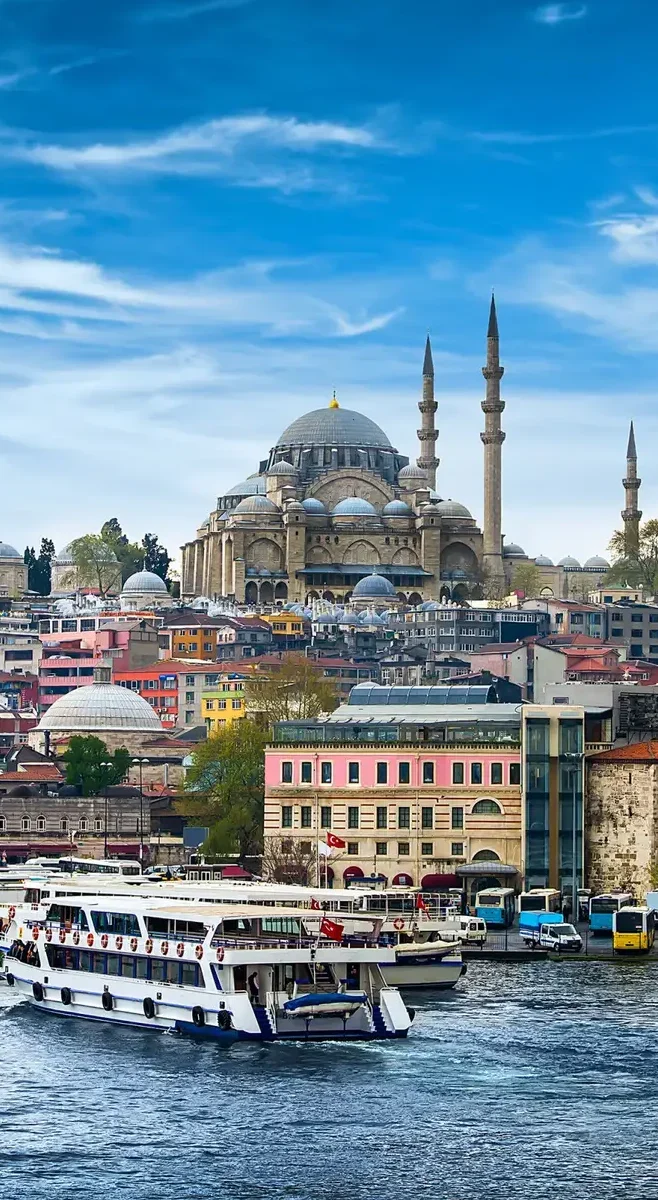
The traditional Turkish coffee I had at the Caferağa Medresesi was strong and aromatic, just as I expected. The courtyard was peaceful, a perfect escape from the tourist crowds. However, the service was a bit slow, and the coffee was overpriced considering the simplicity of the setting.

Food
By the third night, I had grown accustomed to the quirks of Hotel Sultania. The Ottoman-style decor still charmed me, but the lack of attention to detail (like inconsistent towel replacements) stood out. The location was its saving grace, as it made sightseeing very convenient.

Accomodation
Exploring Topkapi Palace was a journey into the grandeur of the Ottoman Empire. The palace grounds were expansive, and the Harem was fascinating. However, it was easy to feel overwhelmed by the sheer size of the palace, and the long lines at the Treasury slightly dampened the experience.

Activity
Topkapi Palace is a must-visit for history buffs—it’s a step back in time to the height of Ottoman power. Afterward, treat yourself to a traditional Turkish coffee and enjoy a quiet moment away from the city’s hustle and bustle.
- Bobby
Day 4Exploring Hidden Corners
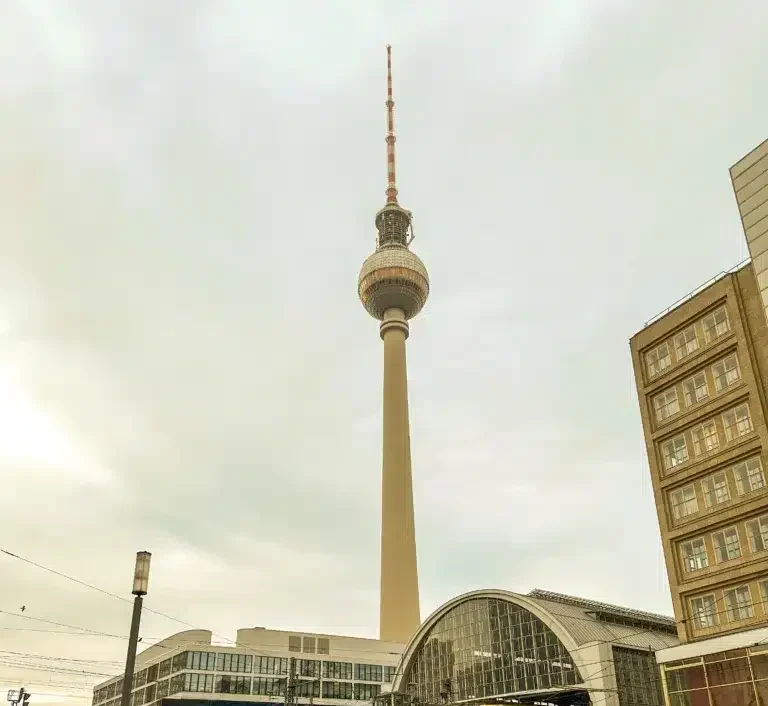
On my fourth day in Istanbul, I was ready to dive into the famous Grand Bazaar, one of the oldest and largest covered markets in the world. As I entered its labyrinth of over 4,000 shops, I felt like I was stepping into a different era. The bazaar was buzzing with energy—shopkeepers called out their wares, and the sound of haggling filled the air. I wandered through aisles selling everything from handwoven carpets to intricate gold jewelry and colorful ceramics. My favorite find was a beautifully detailed Ottoman-style lantern that I couldn’t resist purchasing as a souvenir. It was easy to lose track of time in the maze of treasures, but that’s part of the magic of the Grand Bazaar.
After a few hours of shopping and soaking in the atmosphere, I took a break for lunch at a small café within the bazaar, enjoying a plate of manti—Turkish dumplings topped with yogurt and garlic. The flavors were comforting, and the rich history of the surroundings made the meal even more special.
In the afternoon, I decided to explore some of Istanbul’s hidden gems. I made my way to Süleymaniye Mosque, a less crowded but equally magnificent mosque designed by the famous architect Sinan. The view from the mosque’s terrace, overlooking the Golden Horn and the Bosphorus, was breathtaking. The tranquility of this mosque offered a much-needed break from the hustle of the city.
The manti I had in a small café within the Grand Bazaar was decent but nothing extraordinary. The dumplings were a bit overcooked, and the yogurt sauce lacked the rich, tangy flavor I had come to expect from Turkish cuisine. The café itself felt like a tourist trap with inflated prices.

Food
The fourth night at Hotel Sultania was similar to the previous nights—comfortable yet not perfect. The charm of the hotel’s Ottoman-inspired design still impressed me, but the street noise issue persisted. The staff’s helpfulness, however, remained consistent throughout the stay.

Accomodation
The Grand Bazaar was a sensory overload, in both good and bad ways. While the variety of goods was impressive, the constant haggling and pressure from shopkeepers became overwhelming after a while. Süleymaniye Mosque, on the other hand, was a peaceful respite from the chaos, offering breathtaking views and a much calmer atmosphere.

Activity
The Grand Bazaar is a must for anyone looking to immerse themselves in Istanbul’s vibrant market culture, but be prepared to haggle and explore every corner! If you want to escape the crowds, Süleymaniye Mosque offers a peaceful and stunning alternative.
- Bobby
Day 5Exploring the Asian Side and Kadıköy’s Flavors
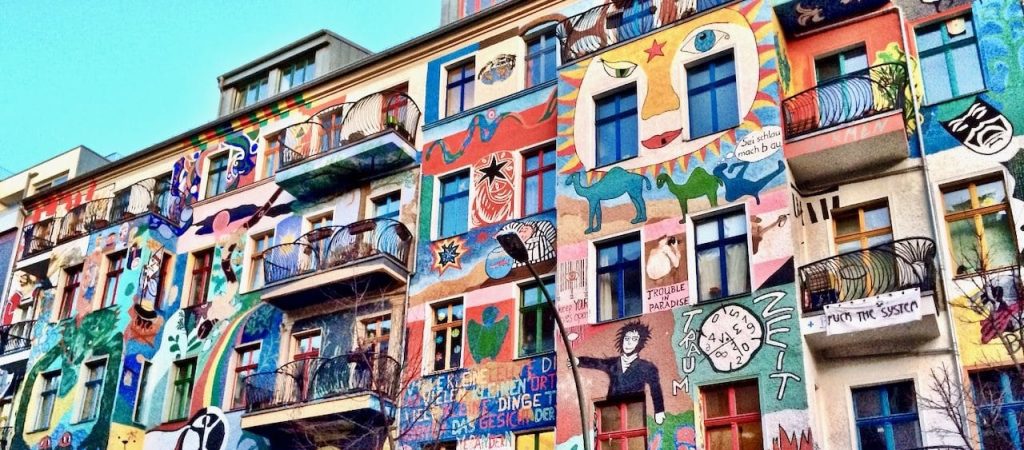
I dedicated the fifth day to discovering the Asian side of Istanbul, which often gets overlooked by first-time visitors. I took the ferry from Eminönü to Kadıköy, a lively neighborhood known for its vibrant markets, street art, and laid-back vibe. The ferry ride across the Bosphorus was an experience in itself, with stunning views of both sides of the city and the gentle breeze adding to the charm.
Once in Kadıköy, I immediately headed to the Kadıköy Market, a bustling hub of activity where locals shop for fresh produce, fish, and spices. The smells and colors of the market were intoxicating, and I couldn’t resist grabbing a few snacks from the vendors—freshly baked simit, olives, and some sweet lokma. The market gave me a real sense of local life, away from the more touristy areas of the city.
For lunch, I stopped at Çiya Sofrası, a restaurant famous for its traditional Anatolian dishes. The menu was filled with regional specialties that were hard to find elsewhere in the city. I opted for a plate of kabak dolması (stuffed zucchini) and kuzu tandır (slow-cooked lamb), both bursting with rich, earthy flavors that were absolutely unforgettable.
Çiya Sofrası lived up to its reputation for serving traditional Anatolian dishes. The flavors of the kuzu tandır (slow-cooked lamb) were rich and perfectly seasoned, and the kabak dolması (stuffed zucchini) was delicate yet full of flavor. The only downside was the restaurant’s popularity—it was quite crowded, and getting a table took longer than expected.

Food
Back at Hotel Sultania, the noise issues persisted, but the staff was kind enough to offer earplugs, which helped somewhat. The location continued to be its strongest point, allowing me to get around easily. The rooms remained charming, but by this point, the minor issues like the inconsistent Wi-Fi became more noticeable.

Accomodation
The ferry ride to Kadıköy was refreshing, offering stunning views of the city from the water. Kadıköy Market was a highlight—vibrant, bustling, and full of delicious street food options. I particularly enjoyed the slower, more relaxed vibe compared to the European side of Istanbul, but navigating the narrow, crowded streets could be a bit of a challenge.

Activity
Don’t skip the Asian side of Istanbul! Kadıköy offers a more relaxed, authentic vibe, and the food at Çiya Sofrası is worth the trip alone.
- Bobby
Day 6Ottoman Luxury at Dolmabahçe Palace
My sixth day was all about luxury and nightlife. In the morning, I made my way to the grand Dolmabahçe Palace, a striking symbol of the late Ottoman Empire. The palace’s blend of European and Ottoman architectural styles was unlike anything I’d seen before in Istanbul. The interiors were nothing short of lavish—gold leaf, crystal chandeliers, and silk carpets adorned every room. The highlight was undoubtedly the Ceremonial Hall, where a massive chandelier, weighing 4.5 tons, hung from the ceiling. The palace gardens, overlooking the Bosphorus, were a serene place to walk after taking in the grandeur inside.
After my palace tour, I headed to Taksim Square, the beating heart of modern Istanbul. The area was buzzing with activity—locals and tourists alike filled the streets, heading to shops, cafes, and restaurants. I strolled down Istiklal Avenue, a long pedestrian street lined with stores and historical buildings. For dinner, I chose Meze By Lemon Tree, a small restaurant famous for its innovative take on traditional Turkish meze dishes. I ordered a selection of small plates, including şakşuka, hummus, and grilled octopus, each dish bursting with fresh flavors.
To cap off the night, I ventured into one of Taksim’s many rooftop bars, enjoying a cocktail with a panoramic view of the city. The skyline, illuminated by the lights of mosques and modern skyscrapers, was the perfect way to end an exciting day.
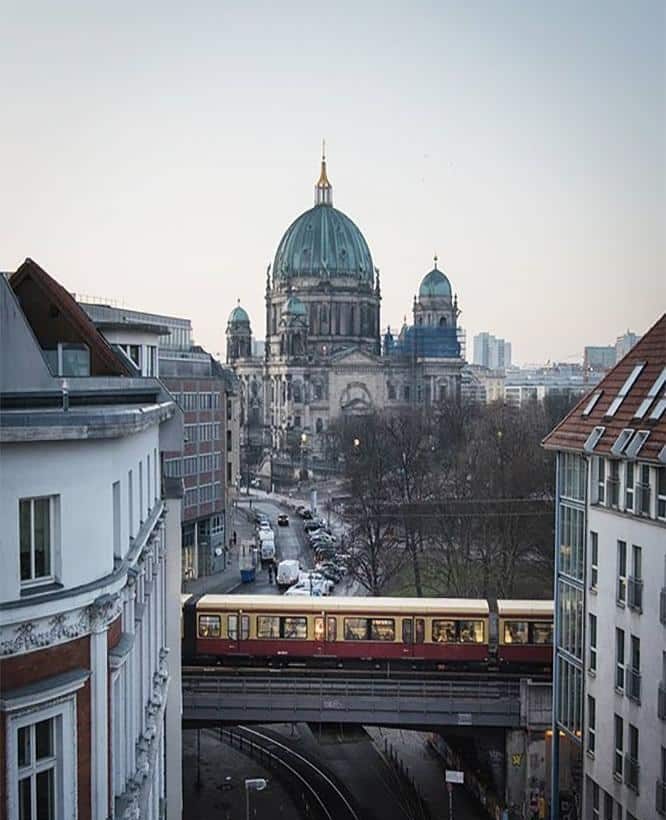
Meze By Lemon Tree served some of the best meze I had in Istanbul. The dishes, including the şakşuka and grilled octopus, were bursting with flavor and freshness. The portion sizes were a little small for the price, but the quality of the food and the elegant atmosphere made up for it.

Food
At this point, I had accepted that Hotel Sultania had its pros and cons. The comfort level was decent, and the Ottoman-style design was charming, but the consistent noise and minor service issues detracted from the overall experience. However, the helpfulness of the staff was a redeeming factor.

Accomodation
Visiting Dolmabahçe Palace was a step into pure Ottoman luxury—the crystal chandeliers and ornate decor were breathtaking. However, the tour felt a bit rushed due to the crowds, which made it harder to fully appreciate the beauty of the palace. Taksim Square and Istiklal Avenue were bustling with life, but the area was quite commercialized, which took away some of its authenticity.

Activity
If you’re looking for opulence, Dolmabahçe Palace is a must-see. Afterward, head to Taksim for a taste of modern Istanbul—dinner at Meze By Lemon Tree and a rooftop drink is the perfect way to experience the city’s lively energy.
- Bobby
Day 7A Farewell to Istanbul

For my final day in Istanbul, I decided to slow things down and take a day trip to the peaceful Princes’ Islands, a cluster of nine islands off the coast of the city. I boarded the ferry from Kabataş early in the morning, eager to experience a quieter, more laid-back side of Istanbul. As we sailed across the Sea of Marmara, I enjoyed the views of the city skyline gradually fading into the horizon.
I arrived at Büyükada, the largest and most popular of the Princes’ Islands. The island was a world away from the bustling streets of Istanbul—there were no cars, only bicycles and horse-drawn carriages, which added to its charm. I rented a bike and spent the morning leisurely exploring the island’s quiet streets, lined with charming Ottoman-style wooden houses. The fresh sea air and the serene atmosphere were the perfect contrast to the city’s energetic vibe.
For lunch, I found a small seafood restaurant near the waterfront and treated myself to some of the freshest fish I’ve ever tasted. I ordered grilled sea bream, which was simply seasoned with lemon and olive oil, and it was divine. Afterward, I hiked up to the island’s highest point to visit the Ayia Yorgi Church, a small, beautiful chapel with panoramic views of the surrounding islands and the sea. The peacefulness of the island was the perfect way to reflect on my incredible week in Istanbul.
As the sun began to set, I took the ferry back to the mainland, watching the city lights come to life as we approached. It was a bittersweet moment, knowing my time in Istanbul was coming to an end, but I felt deeply fulfilled by all the memories I had made.
The seafood at the waterfront restaurant on Büyükada was fresh and delicious, particularly the grilled sea bream. The simple preparation with olive oil and lemon allowed the fish’s natural flavor to shine. However, the prices were a bit high for the portion size, which was a common theme in tourist-heavy areas.

Food
On my final night, I appreciated the hotel’s close proximity to the ferry and the central areas of the city. While the noise was still an issue, I was glad the hotel provided a comfortable and culturally rich experience overall. If they could fix the soundproofing, it would be a much stronger recommendation.

Accomodation
The trip to Büyükada was the perfect way to end my stay in Istanbul. The absence of cars and the quiet streets offered a peaceful retreat after a week in the bustling city. Renting a bike and exploring the island’s charming streets was relaxing, though the popularity of the islands made some spots feel crowded, especially near the ferry terminal.

Activity
The Princes’ Islands are the perfect way to end your trip to Istanbul, offering a peaceful escape from the hustle of the city. Rent a bike, enjoy the fresh seafood, and take in the stunning views from the islands—it's a day trip that will leave you feeling relaxed and recharged.
- Bobby
Summary of My Trip
Istanbul was truly a city of contrasts for me. The blend of ancient history and modern life made it one of the most fascinating places I’ve visited. Exploring iconic landmarks like Hagia Sophia and Topkapi Palace felt like stepping into the past, while the bustling streets of Taksim and the peaceful shores of the Princes’ Islands offered completely different vibes. The food was incredible—whether it was traditional dishes like kuzu tandır or seafood on the islands—but I found some tourist spots to be overpriced.
Staying at Hotel Sultania had its ups and downs. While the location was perfect for sightseeing, the constant noise and minor service issues made it less restful than I had hoped. Istanbul’s markets, like the Spice Bazaar and Grand Bazaar, were sensory overloads, but in a good way. I loved haggling and discovering hidden treasures, even if some areas felt a bit too commercialized.
Overall, Istanbul is a city that constantly surprises you—one moment you’re lost in history, and the next you’re enjoying the energy of modern life. It’s a place where different worlds collide, and that’s what makes it so unique.
Through Bobby's eyes
My experiences
Istanbul is a city that offers a rich blend of history, culture, and modern life, making it a dynamic destination for travelers. From its awe-inspiring landmarks to its bustling markets and vibrant culinary scene, there’s always something to experience. However, like any major city, Istanbul has its challenges, particularly in areas such as noise, crowds, and value for money in tourist-heavy spots. Here’s how I would rate my overall experience across key categories:

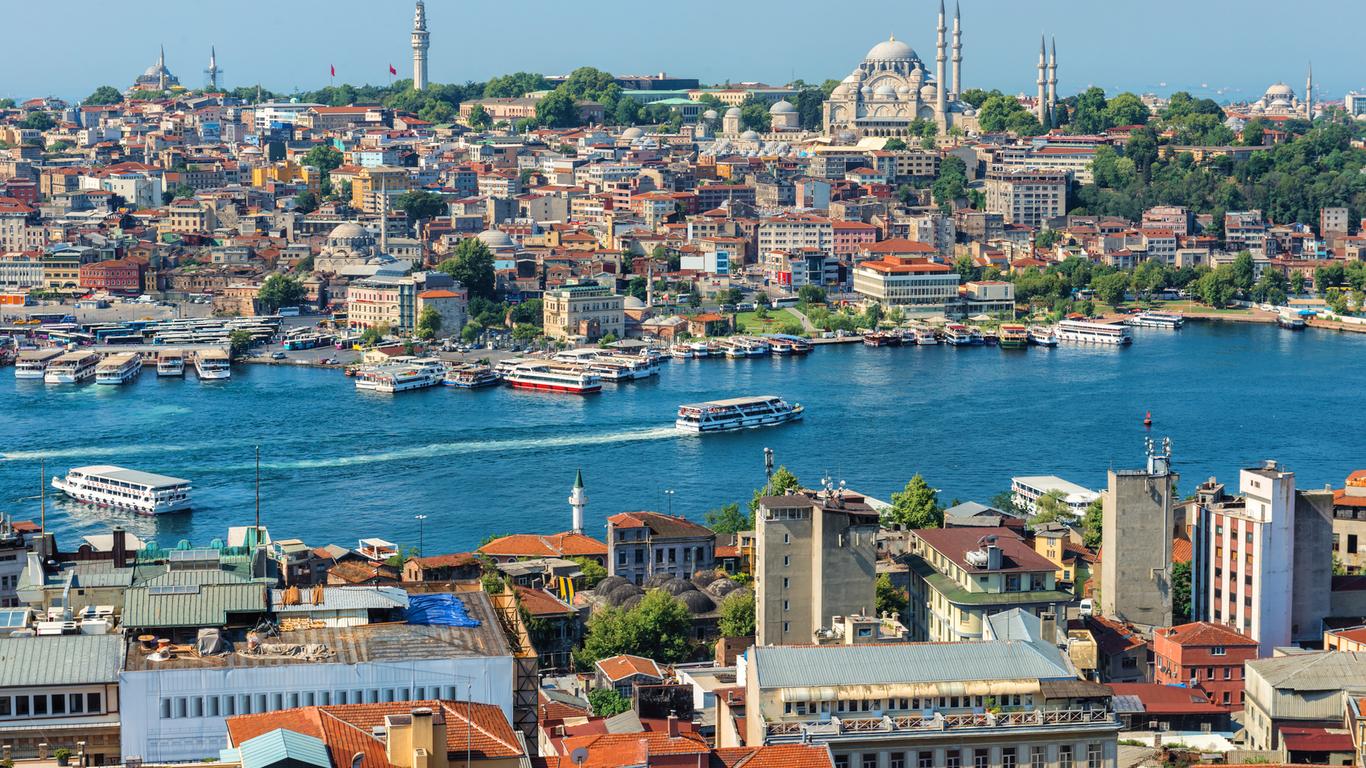
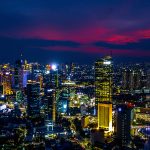
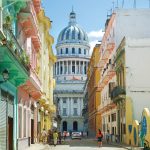
The meal at Sultanahmet Köftecisi was simple yet satisfying. The köfte was flavorful and cooked just right, but the portion size was smaller than expected. While the food was tasty, the restaurant’s service felt rushed, which slightly diminished the overall experience.
Food
I stayed at Hotel Sultania, which is located near Sultanahmet. The decor had an Ottoman flair, and the rooms were clean and comfortable. However, the noise from the busy street below was noticeable at night, making it difficult to sleep soundly. The staff, though friendly, seemed a bit overwhelmed.
Accomodation
Visiting Hagia Sophia and the Blue Mosque was an incredible experience. The grandeur of both sites is awe-inspiring, though both were quite crowded, which made it difficult to fully enjoy the spiritual atmosphere. Hagia Sophia especially had long lines, but once inside, it was well worth the wait.
Activity